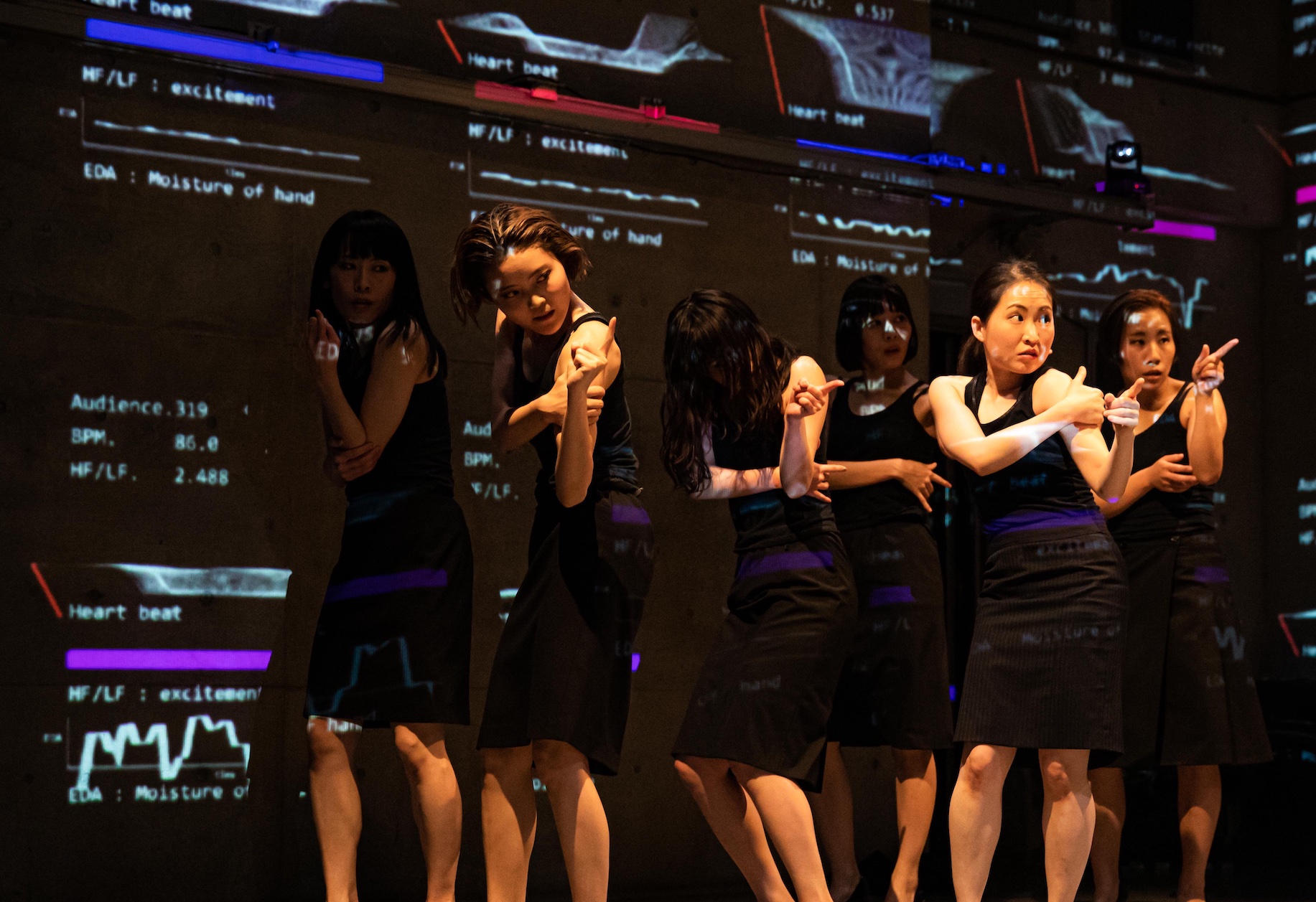The role of the audience in stage performances is changing from passive spectators to contributors making the performance interactive by using different techniques. In this talk, we investigate the connection of audience physiological data to the experienced performance in three performance events with a total of 98 participants. We identified memorable performance moments by assessing, Electrodermal Activity (EDA) showing that the audience’s responses match the choreographer’s intention. Through Heart Rate Variability (HRV) features related to parasympathetic activity, we identified dramatic shifts that are connected to the choreographic development of the performance. Our results show how the audience’s physiological responses are linked to the choreographic development of the performance. Based on the findings, we contribute a discussion of the registered physiological phenomena and implications of the audience’s responses analysis to performance and choreography design in general. Furthermore, we walk through the dataset collected from the performance events.
Each performance lives from the interplay between audience and artists. Even if performers follow a precise script, each rendition is different partly due to audience reactions. Performers often describe it as an invisible link between then and the spectators, involving the audience in co-creating art. The stage design and described setup came out of a collaboration between the performing artists, designers and researchers in a semi-democratic process.
Both researchers and artists contributed to developing the concept during the iterative process to balance research and artistic interests. This process was mainly led by artists, especially the choreographer. Besides the predetermined story and design, the choreographer also created some improvisational sections where dancers could interact with stage elements affected by audience physiological response.
Here are two summary videos of the perfromances:
(will be replaced with higher quality videos)
Also the Pre-Print draft of a TEI2021 paper (pdf 15Mb)
